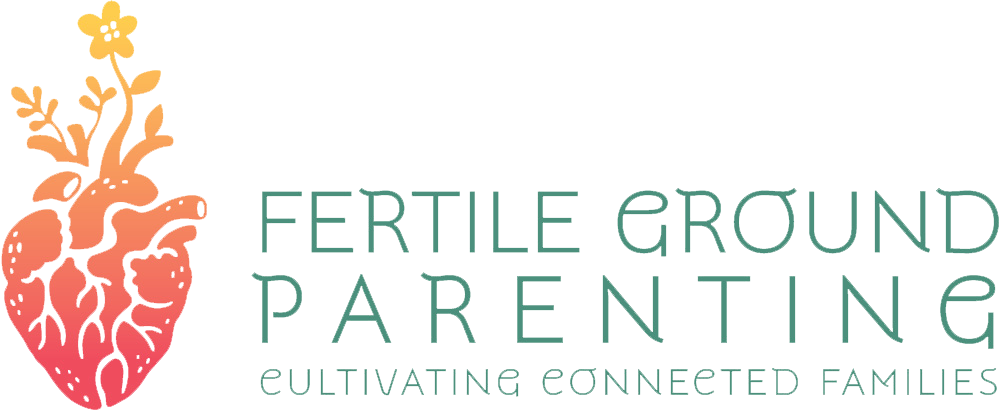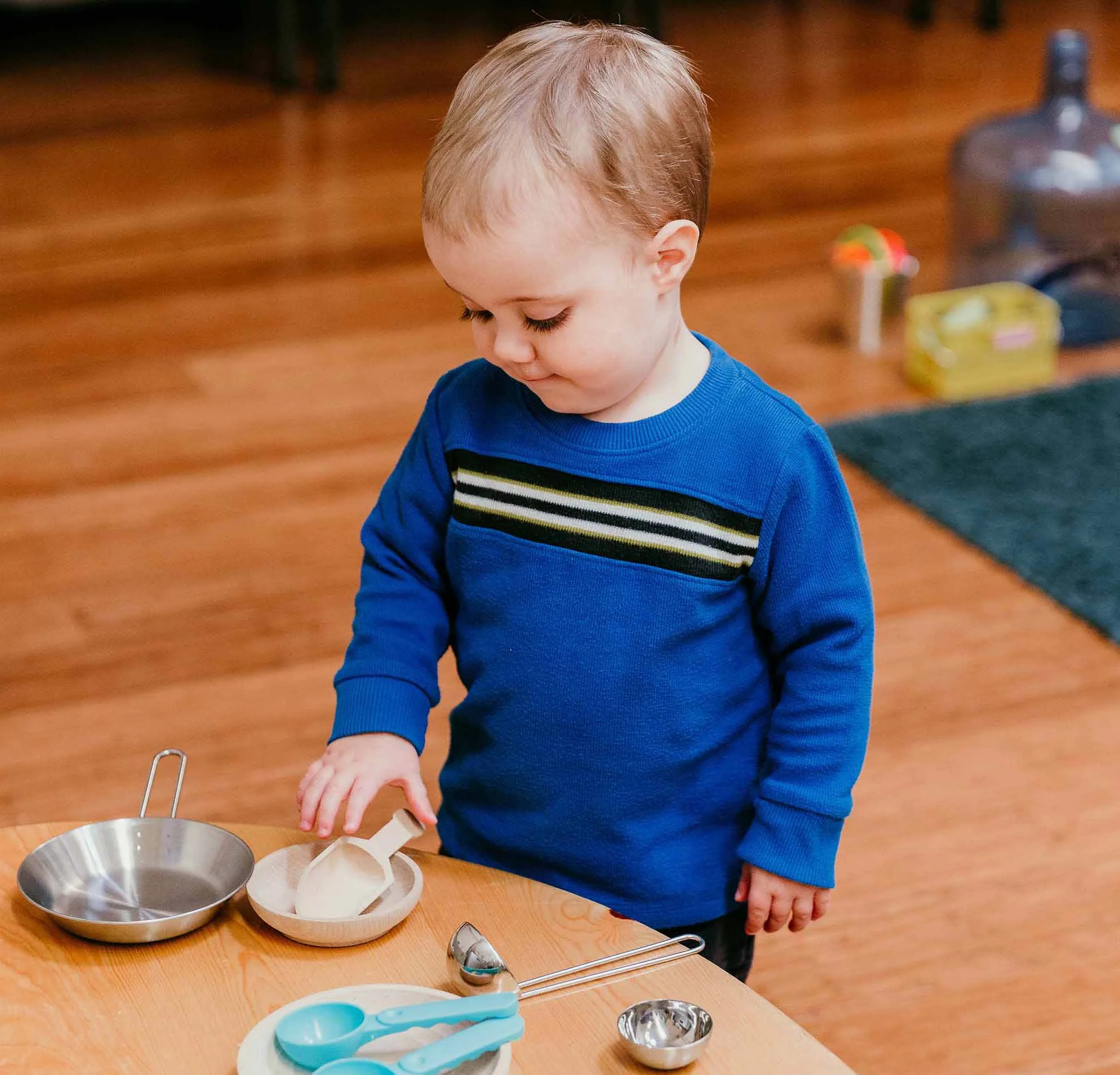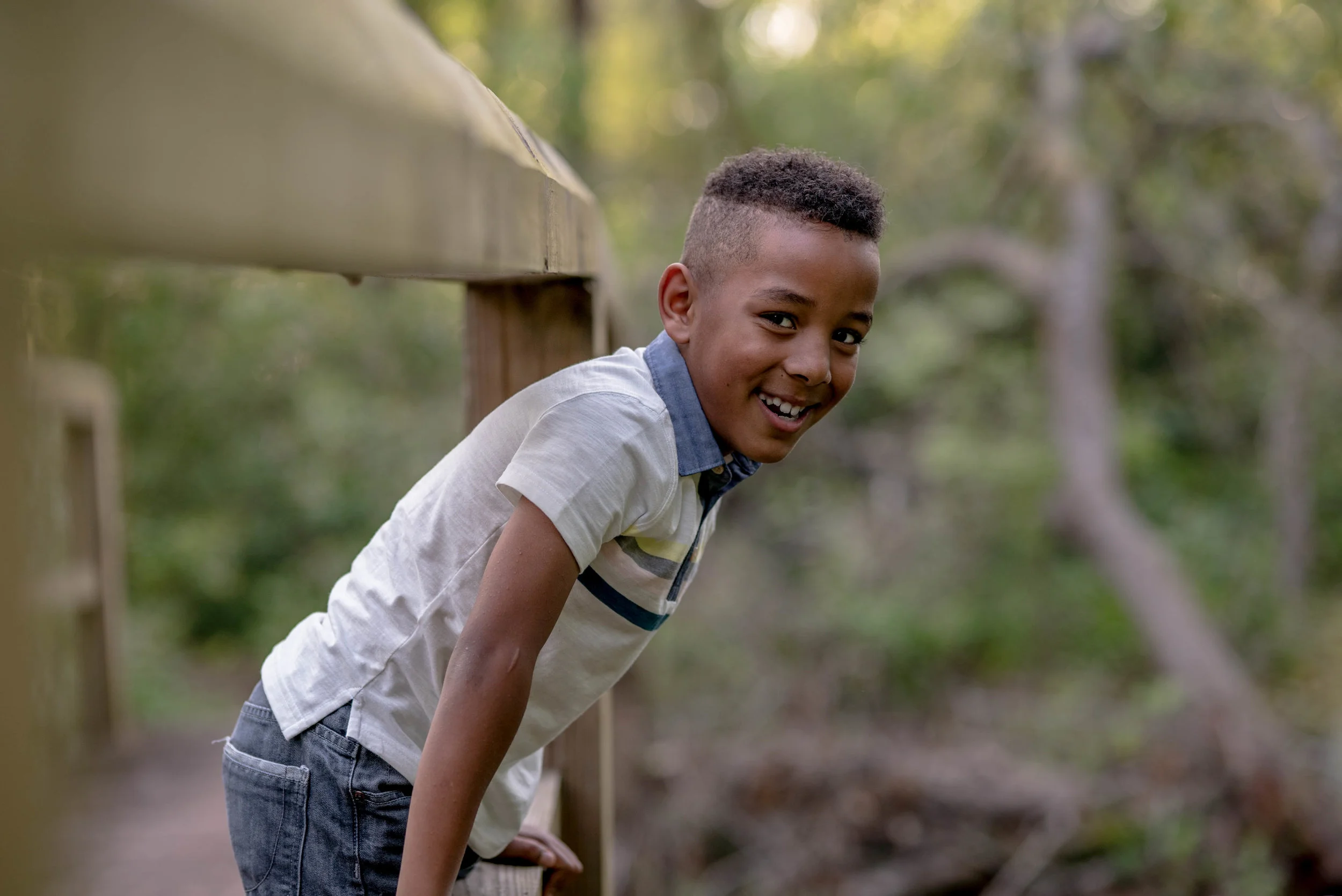“We’ve underestimated free, unstructured play. As a society we’ve discounted the developmental riches involved in what kids do naturally. Self-directed play builds multiple and emotional intelligences. It fosters the skills necessary to navigate an uncertain future, one that will demand increasing flexibility and creative problem solving. Play is not an old-fashioned thing of the past. Unstructured play—and plenty of it—is a developmental necessity for kids. Some might say now more than ever.”
– Kim John Payne, M.Ed., Simplicity Parenting (157-158)
Why Play Matters
I often say to parents that play is like the blood that runs through your child’s veins. She absolutely thrives on it—in fact she needs it to grow, develop, understand the world, and process her experiences.
Play helps your child discover what she can do, as well as what she can’t (yet) do. It gives her a chance to experiment (will this ball fit into this container? How about this one?), to practice building her skills (if I jump off this sidewalk 100 more times, I will do it without stumbling!), and through this process of discovery, experimentation, and practice, develop her self-confidence.
Play—especially independent, self-directed play—helps your child develop her focus, attention span, and curiosity.
“Play is an opportunity to help strengthen your child’s self-respect and her sense of self-reliance.”
As your child gets older and begins playing with others (as opposed to next to others), it also teaches her about give and take (Look, I have the toy! And now he has it!) and empathy (oh, she cried when I took that toy away from her! I wonder if that didn’t feel so good…).
What Independent Play Looks Like
When I talk about independent play, I’m talking about play that is independent of YOU. Sometimes this can mean solo play—what your child does in his “yes space” or while you sit nearby—and sometimes it can mean what he does with his brother, a friend who comes over, or even with a group of kids at the playground.
It’s play that you do not direct, sanction, seek to change, or offer input or judgments about (unless you’re worried about someone’s safety or the effect of the play on the things you value).
Who Plays
All babies and children play!
We might think that our young babies are too small to play before they can sit up or crawl, but if we start to think about play as exploration, we can see that even a four or six-week-old baby can play.
And as your child grows out of her younger years, you might think she is too old to play. But, if given the means and the chance, children will continue to play well into adolescence. (And who says it should stop there?)
Play begins with noticing and investigating what is different or interesting—the light coming through the window, your baby’s hands, and then her feet. As babies grow, their circle of interest widens to incorporate that object you’re holding, that cloth on the floor, that ball across the room.
What Do You Do While Your Child Plays?
An added benefit to independent play is that it can give you a chance to take a breath, attend to your own needs, or to sit back and delight in your child’s exploration.
Your main job while your child plays is to do as little as possible.
If you are sitting nearby as your young child plays, watch and listen for any distress, and respond to help (slowly) if needed.
For older children who have a dedicated yes space, it’s a good idea to check in every once in a while to let them know you are still nearby, reachable if help is needed. These check-ins can prolong the periods of play by boosting your child’s sense of safety and reminding him of his connection to you, even while he plays separately.
Your other job is to learn from your child. Let some of his independent playtime be observed by you. In observing your child, you can learn about how he is growing and changing, what draws his interest, and where he might need support.
When & Where Play Happens
Babies and children need to play every day. Setting aside time—even 10-15 minutes when your baby is small—for daily independent play can be deeply nourishing to your child and to you.
As your child gets older, you can experiment with lengthening the amount of play time to 20, 30, or even 60 minutes, depending on your child’s focus and needs.
There are so many places to play! In addition to yes spaces, which can be beautiful for encouraging independent play in a safe space, think outside the box about where play can happen.
The kitchen floor can be a great place to play if you get out the pots and pans, or all the Tupperware and a few wooden spoons.
So can places that don’t look “fun” at all to your adult eyes. Get creative!
I visited a friend recently and she met me at the side gate to her yard. The walkway to the yard had nothing more in it than rocks and a piece of plywood laid down in one section, and she said her two girls spent hours playing there, tap dancing on the board, pushing rocks through the gate, and more.
How to Cultivate Independent Play
You can cultivate your child’s interest and ability to play independently by starting slowly.
If your baby is small, start by just letting her play on her back for a few minutes each day. If your child is already in the toddler years and is used to you directing or participating in all play, very slowly start to do a little less, while still staying nearby. Gradually you can help your child work up to enjoying play without all your attention or direction.
If your child is beyond the toddler years, you can begin to encourage independent play very gradually, even five minutes at a time. After five minutes, check in, offer hugs, and perhaps extend the time a little more.
Set up an environment that is interesting and enticing for your child, with a few interesting play objects nearby. (See my post From Play Yards to Yes Spaces for more on play objects and environment.) As your child grows and has more experience with independent play, her creativity and curiosity will deepen, and she will find play everywhere.
Play and enjoy! And stay tuned for more posts about independent play at various ages.





